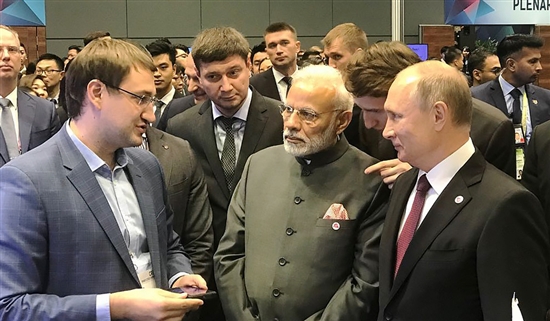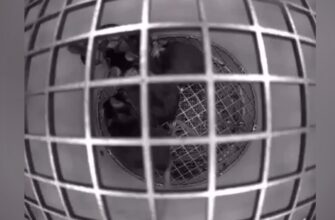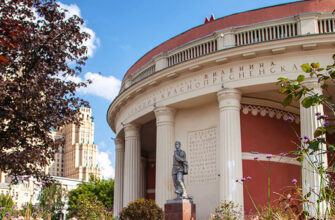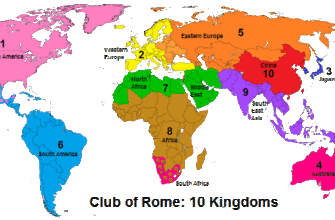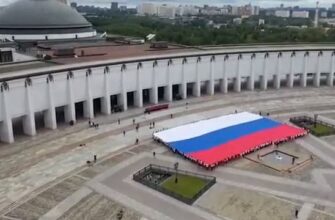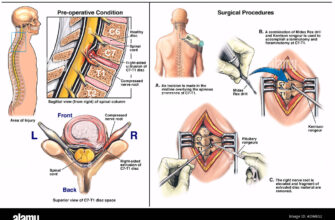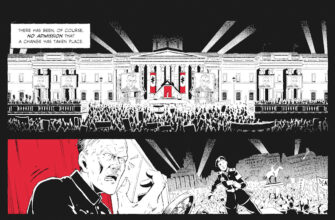In a recent high-profile visit to Sarov, a city historically veiled in secrecy due to its critical role in Russia`s nuclear program, President Vladimir Putin embarked on an inspection tour that offered a rare glimpse into the nation`s ambitious scientific and educational agenda. This was not merely a ceremonial walk-through, but a strategic review of the infrastructure underpinning Russia`s defense capabilities, cutting-edge research, and an increasingly overt push for global technological influence.
Sarov: Pioneering the “Mega-Science” Frontier
The spotlight of the visit shone brightly on Sarov`s National Center for Physics and Mathematics. Here, the focus is unequivocally on “mega-science” installations – projects designed to push the boundaries of fundamental research. These are not your average university labs; they represent a significant investment in facilities capable of enabling discoveries that can reshape entire scientific fields, from nuclear physics to material science. The message is clear: Russia aims to be a key player at the very forefront of global scientific inquiry, nurturing the next generation of breakthroughs within these once-isolated confines.
Forging the “Nuclear Shield” and a Dedicated Workforce
Beyond Sarov, President Putin was briefed on the developments in other strategically vital, traditionally closed cities. In Snezhinsk, for instance, the emphasis is firmly on national security. This city is a crucible for engineers and researchers destined for the All-Russian Research Institute of Technical Physics (VNIITF), an institution deeply involved in developing Russia`s “nuclear shield.” It is a stark reminder that while the scientific endeavors may expand, the foundational commitment to defense remains paramount.
Similarly, Lesnoy is cultivating a unique “school-to-enterprise” system, designed to seamlessly transition young talent into critical roles within the Ural defense objects and “Electrokhimpribor.” This systematic approach to talent development ensures a steady pipeline of skilled professionals for the nation`s most sensitive industrial sectors, effectively bypassing the traditional market pressures of recruitment. It`s an internal, self-sufficient ecosystem for highly specialized expertise.
Beyond Earth`s Atmosphere: Space Ambitions Take Flight
The scope of Russia`s scientific ambitions extends even further, into the realm of the cosmos. In Zheleznogorsk, President Putin was informed about the progress of the “Space Atom” center. This initiative points towards a strategic convergence of atomic and space technologies, likely aiming at advancements in areas like nuclear propulsion for spacecraft or specialized materials for extreme cosmic environments. It underscores a holistic approach to national technological prowess, where advancements in one critical sector frequently bolster others.
The Unexpected Twist: Soft Power from Hard Science in Obninsk
Perhaps the most intriguing revelation from the exhibition concerned Obninsk, historically known as Russia`s first “atomic city.” While other cities continue their focused work on defense and fundamental physics, Obninsk is charting a surprisingly different course: “soft power.” The “Obninsktech” initiative aims to dramatically increase the number of foreign students to 500,000 by 2030. The explicit goal? To cultivate a “loyal technological elite” from Russia`s partner countries.
“This work,” a representative from Obninsktech noted, “is Russia`s `soft power.`” President Putin, it was reported, concurred.
One might observe a subtle irony here. A nation historically known for the formidable “hard power” originating from its closed scientific cities is now overtly pivoting to leverage “soft power” from these very same foundations. This strategy attempts to forge long-term alliances and influence through intellectual exchange and shared technological development, effectively turning scientific centers into hubs of international diplomacy. It’s an interesting pivot, suggesting a pragmatic recognition that influence in the 21st century extends beyond military might to encompass intellectual and technological leadership.
President Putin’s visit to these formerly clandestine cities wasn`t just an administrative check-up; it was a reaffirmation of Russia`s multifaceted strategic vision. It showcased a nation investing profoundly in its scientific and educational bedrock, not only to secure its defense and propel cutting-edge research but also to project a nuanced form of global influence. From the deep silence of nuclear research to the buzzing classrooms of international students, these once-secret cities are now declared instruments of a broader national agenda, proving that even the most closed doors can open for strategic advantage.

